Project Table for sure was one of the most interesting things that Google unveiled during the last year. Treble has the potential to be the great remedy to join up the Android parts and stop the fragmentation. By separating the Vendor-specific part from the Android Framework Treble will make updates much faster.
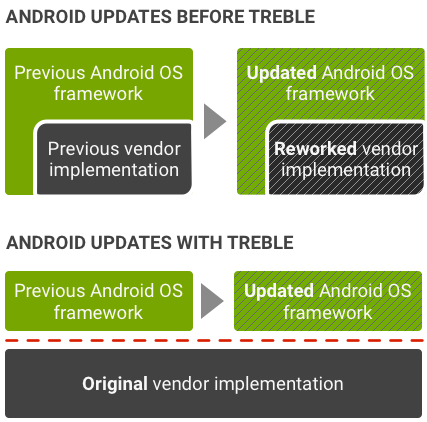
All Android devices to launch with Android 8.0 Oreo NEED full Project Treble compatibility, however, this isn’t a requirement when a manufacturer is updating a Nougat device to Oreo. While some companies have been working closely with Google to ensure Treble compatibility and support, other OEMs like OnePlus, Samsung and Nokia opted for updating their devices to Oreo without Treble support.
Users got really disappointed by this move since Project Treble could reduce the time that a major Android version takes to arrive for a handset. Not only that, Project Treble could open the gates of custom development. A few months ago, after fully understanding Project Treble, an XDA developer was able to boot a generic build of Android 8.0 AOSP in a Huawei Mate 9. Since Huawei is delivering Treble to all devices getting the Oreo update, we’ve seen the rise of custom ROM community for both Huawei and Honor smartphones.
With all the benefits, users at XDA’s realm started to wonder if would be possible to port it to other devices that are theoretically incompatible. This for sure would be a great challenge for most of the developers that would need to find space to fit a shift vendor partition, and then create a Vendor Interface by themselves. Since the XDA community is very known for taking challenges, a developer called abhishek987 just announced that he was able to bring full Treble support to the very known Redmi Note 4X, Snapdragon variant.
In order to fit the Vendor-specific content, the developer used the cust partition present in the handset that was used to store some MIUI specific stuff. Since users interested in Custom ROM aren’t concerned with MIUI, the developer deleted all that stuff and placed the vendor HALs from System into the 830MB cust partition without needing to repartition. Worth to mention, that both OnePlus and Nokia said that in order to prevent issues or hard bricks from repartitioning the handset, they choose to skip Treble support in older devices.
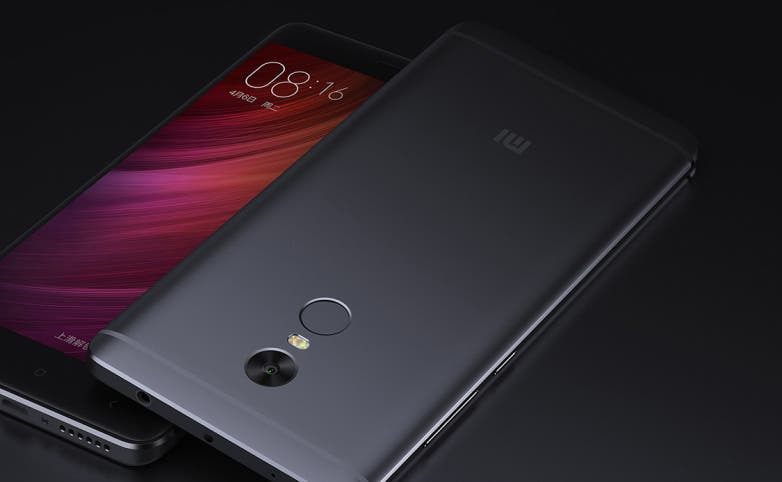
After some trouble in getting the Vendor interface working, the developer successfully booted Android 8.1.0 in the form of LineageOS 15.1. Thanks to this new unexpected Treble support, Redmi Note 4 users that are used to Custom ROMs will get an easy time in getting their handset updated to Android P once the source code gets released. We wonder what this announcement will represent for the community of smartphones that in theory were eligible for Treble but were prived by their own manufacturers.
According to reports coming from XDA, another developer is already working to bring full Project Treble compatibility to the recently released OnePlus 5/5T. We hope that this becomes a tendency. If you want to install the LineageOS 15.1 in your Redmi Note 4/4X, check the developer post with proper explanations and with all explanation and the details about the new flashing method.

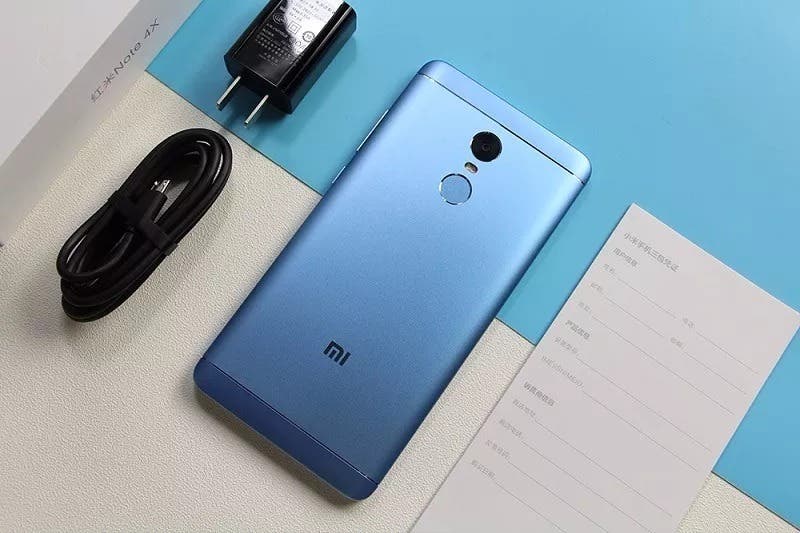
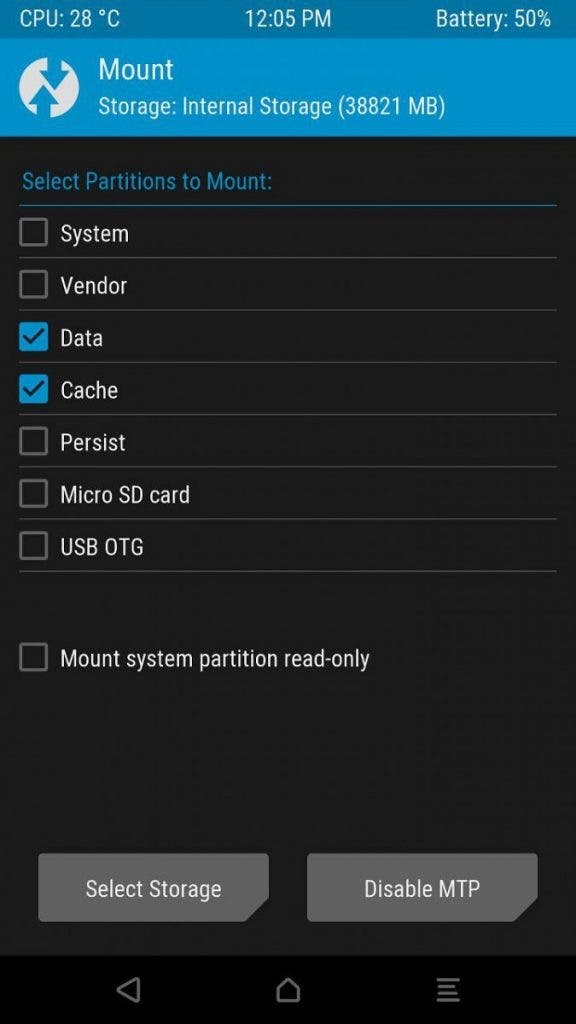
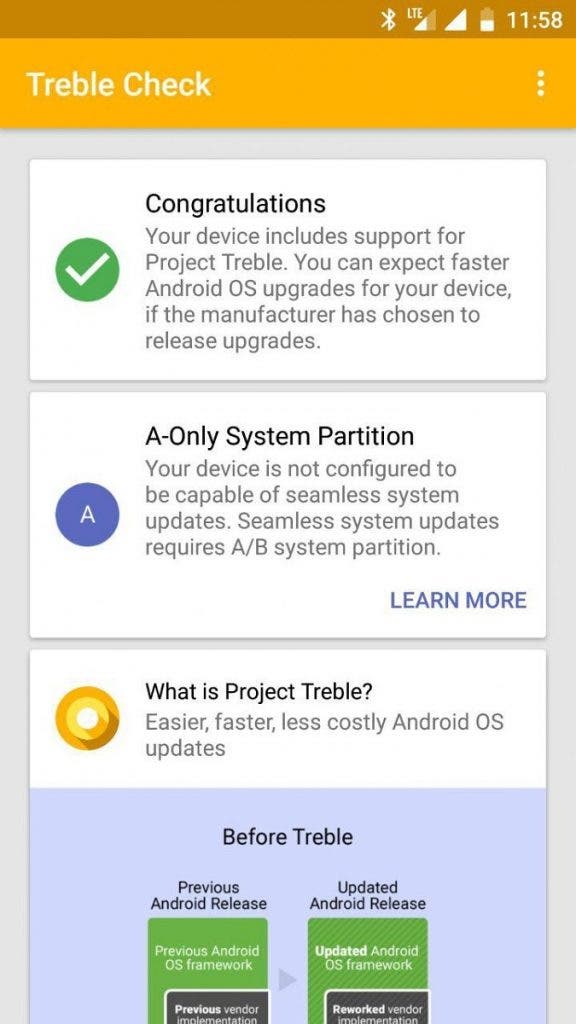
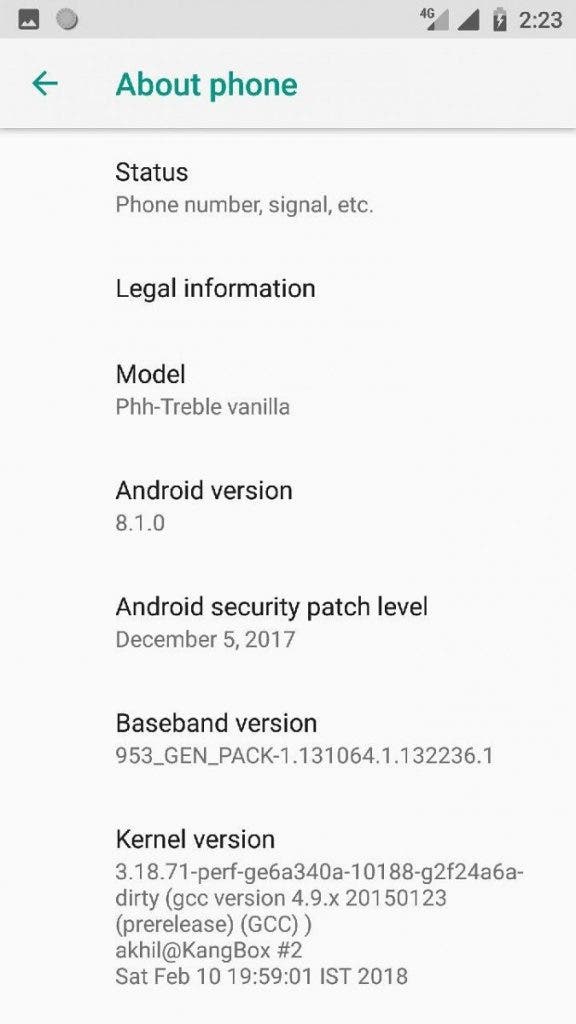




Aw yisssss, proper updates on an Android device have been a dream of mine for a while now. With garbage companies like Huawei not even providing 2 years of updates.
Aw yisssss, proper updates on an Android device have been a dream of mine for a while now. With garbage companies like Huawei not even providing 2 years of updates.